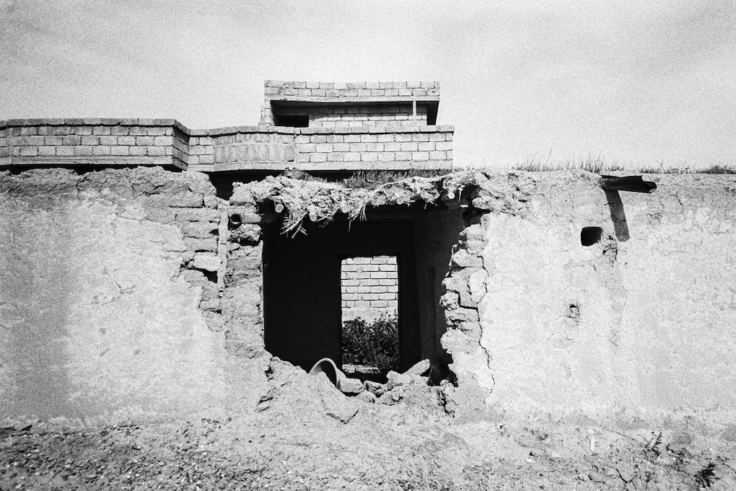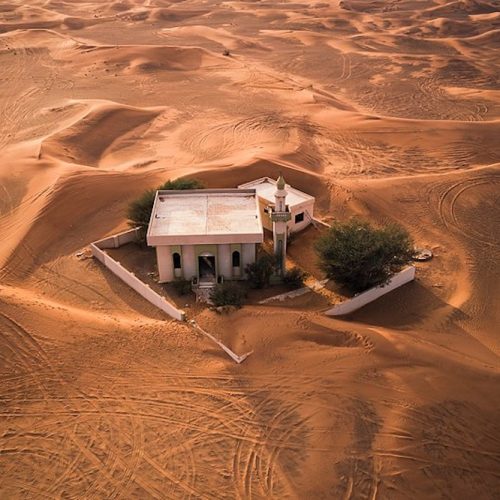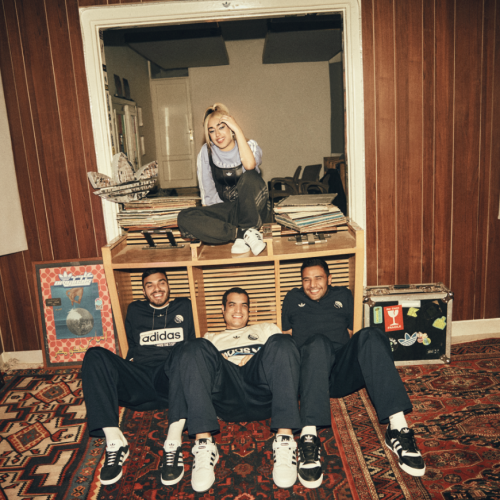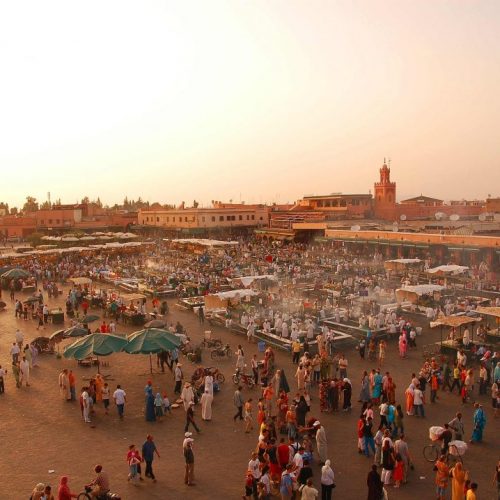Raising awareness for a compelling cause can appear in a myriad ways now that we find ourselves in the digital era. With the advent of modern technologies, which includes the rapid rise of the internet, computers, and more recently Artificial Intelligence (AI), celebrating an individual or a cause has probably never been easier than now as honoring a person, an idea, or a specific endeavor has seamlessly been woven into the fabric of our interconnected world and isn’t showing any signs of disappearing anytime soon. The latest example of such is “Home,” a photography exhibition dedicated to raising funds for one of the most persecuted communities in Iraq: the Yazidis.
The brainchild of co-producers London-based filmmaker and photographer Yad Deen and Kurdish writer Renas Babakir, the holistic initiative was driven by the intrinsic desire of remembering one of the world’s worst tragedies in modern history, while also offering support to the survivors who courageously found the strength to keep on going.
At the height of the Islamic State (ISIL), the terrorist group led a devastating campaign against Yazidis— a Kurdish-speaking religious group, indigenous to Kurdistan— taking the lives of 12,000 innocent individuals along the way, while exiling over 400,000 as a result of the marginalized group’s alleged non-belief in Islam. Over the course of three years, between 2014 and 2017, the Sinjar area, in Northern Iraq, witnessed horrid atrocities involving mass killings, forced conversions, and sexual slavery, leaving a deeply entrenched scar in a region already striving for its own recognition and acceptance in the global community. Today, over 2000 Yazidis remain in captivity.
Nine years after the genocide, which the United Kingdom has just agreed to label as such, alongside 18 other governments and international bodies, families are slowly making their way back to the formerly embattled parcel of land, picking their own personal lives and once-cherished sense of community from where they left it in hope of a better future. And as they do, Deen and Babakir have both taken it upon themselves to support them not only in spirit but most importantly in monetary funding, as the reconstruction process will require substantial financial backing.
“The Yazidi community has been continually persecuted as far as their collective memory serves. Having endured 74 genocides to date, they remain one of the most persecuted religious groups in Iraq. Home is an effort to help as many of those who have returned to their homes in Sinjar as possible to rebuild what is left from the most recent genocide committed against them, a pattern that the Yazidi community has experienced for centuries,” Deen shared in a statement.
Inspired by Yazidi activist Nadia Murad’s autobiography titled The Last Girl, Deen decided to wander through Kocho (one of the most impacted villages in Sinjar) himself in order to personally attest to the devastation inflicted by the Islamic State and better understand the experience that earned the author a Nobel Peace Prize in 2018. In the memoir, Murad recounts her time being held captive and enslaved by ISIL, her eventual liberation, as well as the life-threatening journey towards safety in one of the world’s most hostile regions of the time.
“I did not know what to expect when I arrived in Kocho and was met by Dawd Salim Bashar Loko (a Yazidi guardian of Kocho, and a victim of the genocide) who told me he would walk me through the village,” Deen continued in the statement. “I knew I wanted to document the exterior structure of the school that I came to know from Nadia Murad’s The Last Girl. The photographs taken were motivated by what Dawd was telling me on our walk through the village and its outskirts. I chose to use expired 35mm black and white Fuji film because I did not intend on taking ‘beautiful’ photographs there; I knew that what I would take would invoke an eerie nostalgia and poignancy. What this decision inadvertently resulted in was its connoting the nature of ‘fast news’ where important global topics are often forgotten very quickly in the minds of the public,” he said.
Through twelve black and white photographs of Kocho, each snapshot in the series is accompanied by a comment, or account, by Loko, providing visitors and guests of the digital exhibition first-hand knowledge of the devastation of his village and the aftermath of it all.
The prints are set to hit the market at a price point of $382 (£300)each, while the complete series will be available for $4590 (£3600), with all proceeds from print sales going directly towards affected families through the Sinjar Academy, a charity that provides educational services in the Sinjar region of northern Iraq.









